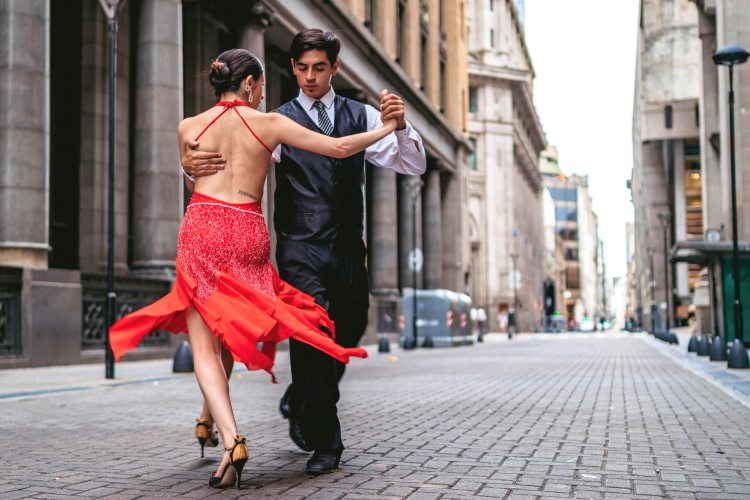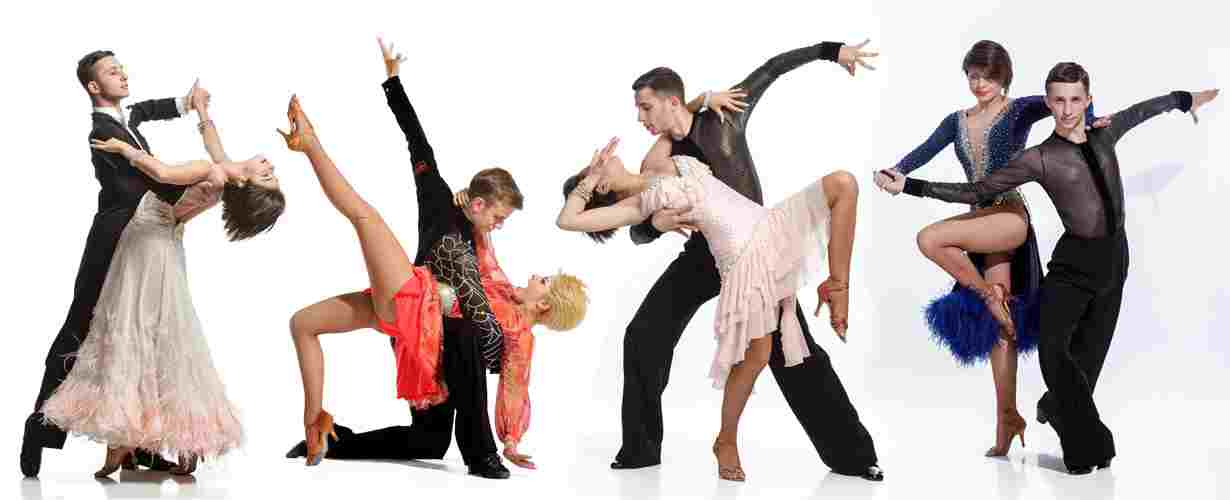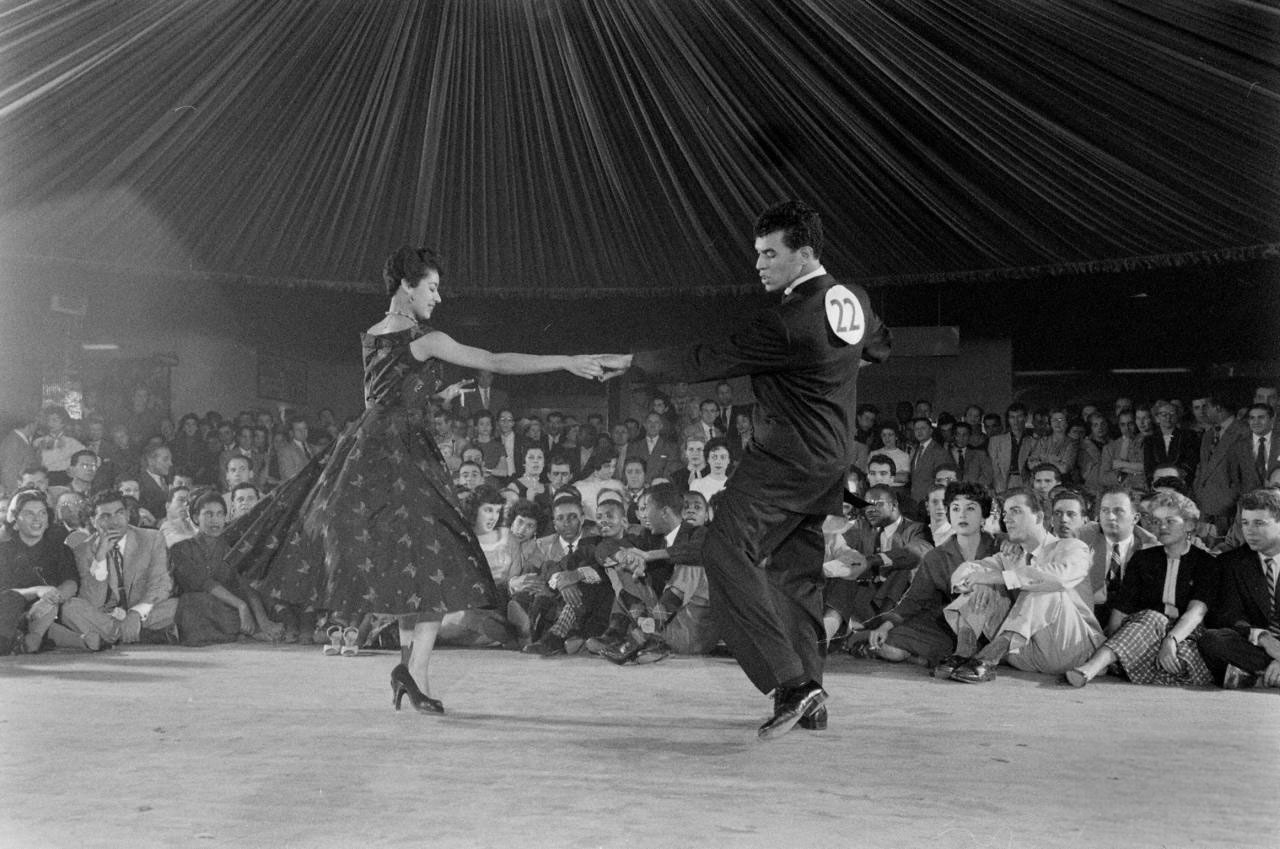The 6-Minute Rule for Dance San Francisco
Wiki Article
More About Dance San Francisco
Table of ContentsThe Greatest Guide To Dance San FranciscoUnknown Facts About Dance San Francisco10 Simple Techniques For Dance San FranciscoGetting My Dance San Francisco To Work
Allow's assume of Salsa dancing and music as a huge Tree that looks like this: Salsa is danced global while many technological elements of the dance coincide throughout designs (6 steps over 8 beats danced on a quick-quick-slow or slow-quick-quick rhythm), there are a number of "characteristic" functions of the main styles of Salsa that distinguish one from the various other.Couples joining a Gambling enterprise Rueda dance all steps in unison as called by a Leader. Distinguishing features of Cuban design salsa are round turn patterns (with "break back" steps on matters 1 and 5) as well as body activity inspired by traditional Afro-Cuban folkloric dances. Distinct features of Cali design salsa is quick and complex maneuvering, danced with a strong hand hold link in between partners.
The beginnings of the design are a topic of discussion, but it is claimed that New York style Salsa dance originated in the 1960's as a result of the influx of Latin American emigrants after the Cuban Transformation (salsa dancing sf). Eddie Torres is one of the most popular New York design professional dancer, being practically generally attributed with popularizing the style to dance centres beyond New york city
The fundamental rhythm of "On-2" is slow-quick-quick. The "youngest" of the designs of Salsa, L.A (https://www.directorytogoto.com/articles/unleash-the-rhythm-hot-bachata-nights-sf-with-dance-san-francisco). Design (some people have called it "West Coastline" style) came to be prominent in the 1990's and has its origins in ballroom (Mambo, Swing and Cha, Cha, Cha). Transform patterns lead and comply with techniques are greatly influenced by these styles, with the Cross Body Lead being the keystone of the style
Dance San Francisco for Beginners
Style are implementation of turn patterns and numbers in the "slot", with the break steps on counts "1" and "5". This style is likewise defined by elegant and commonly intricate arm designing by the follow to accent the "1" and "5" matters. The basic rhythm of "On-1" is quick-quick-slow. While Salsa music has strong beginnings in Cuban, Colombian and Puerto-Rican folkoric practices, it can not be marked down that all Afro-Latin and Latin American societies have actually added to contemporary Salsa music as we recognize it today.

There she ended up being pals with the Nuyorican artists, and her partnerships with them and her time with the Fania All-Stars led to over 50 cds (of joint and solo work). Thanks to the internet and ease of accessibility to details, the appeal of Salsa music, dancing and society has actually spread out like wildfire over the last 30 years and even after that modern Salsa artists continue to commemorate the Founding Dads and Mommy of Salsa.

Unknown Facts About Dance San Francisco
identifying characteristics of Salsa songs are: 4/4 measure signature, Son Clave and Tumbao rhythms, Montuno Piano Unless you have a background in songs, the above 3 qualities most likely suggest nothing to you. A less complicated way to explain Salsa songs is just how it does NOT sound like other types of Latin American preferred songs.
It's time for lessons. With numerous studios available and different styles to pick from, where does a complete novice begin? The majority of brand name brand-new dancers choose to discover L.A. "On-1" style slotted Salsa designs are one of the most widespread in North America (with some exceptions of some urban centres that still primarily accept Cuban and Puerto Rican designs) and L.A.
.A. Design will promptly educate you the principles of Salsa timing, weight transfer and turn pattern implementation. Several professional dancers, once they have actually had a year or two of dancing L.A. Design Salsa under their belts, "button" to New york city design in order to expand their dancing vocabulary; however numerous dancers make a decision to adhere to simply one style of Salsa and enjoy their time on the dance floor because certain design. salsa dancing sf.
Style and New York Style all being danced in the same club, with most of the professional dancers being able to switch over from one design to the other from one song to the next. salsa dancing sf. Regardless of which design you select it is essential to stay with that style until you're very comfy with the principles of timing, body rhythm and foundation relocation execution prior to taking into consideration "changing" designs (if you intend to)
When you begin on lessons prepare to commit time and energy to learning how to dance as a whole it takes a full novice (i. e., someone with little or no dancing experience) regarding 6 months of actively taking lessons and heading out and exercising at least two times a week to reach a point where pattern implementation starts to really feel "natural".
Report this wiki page